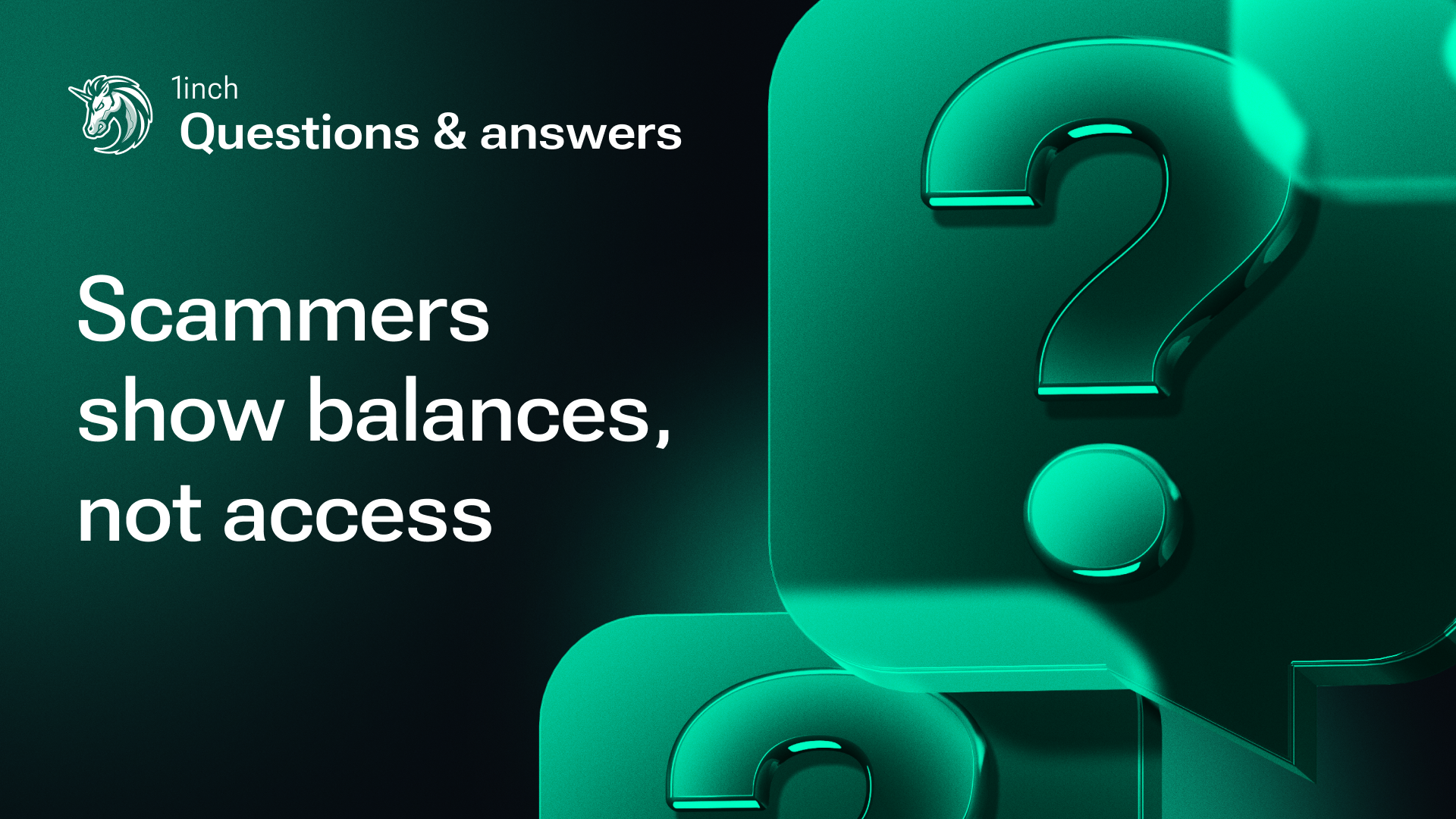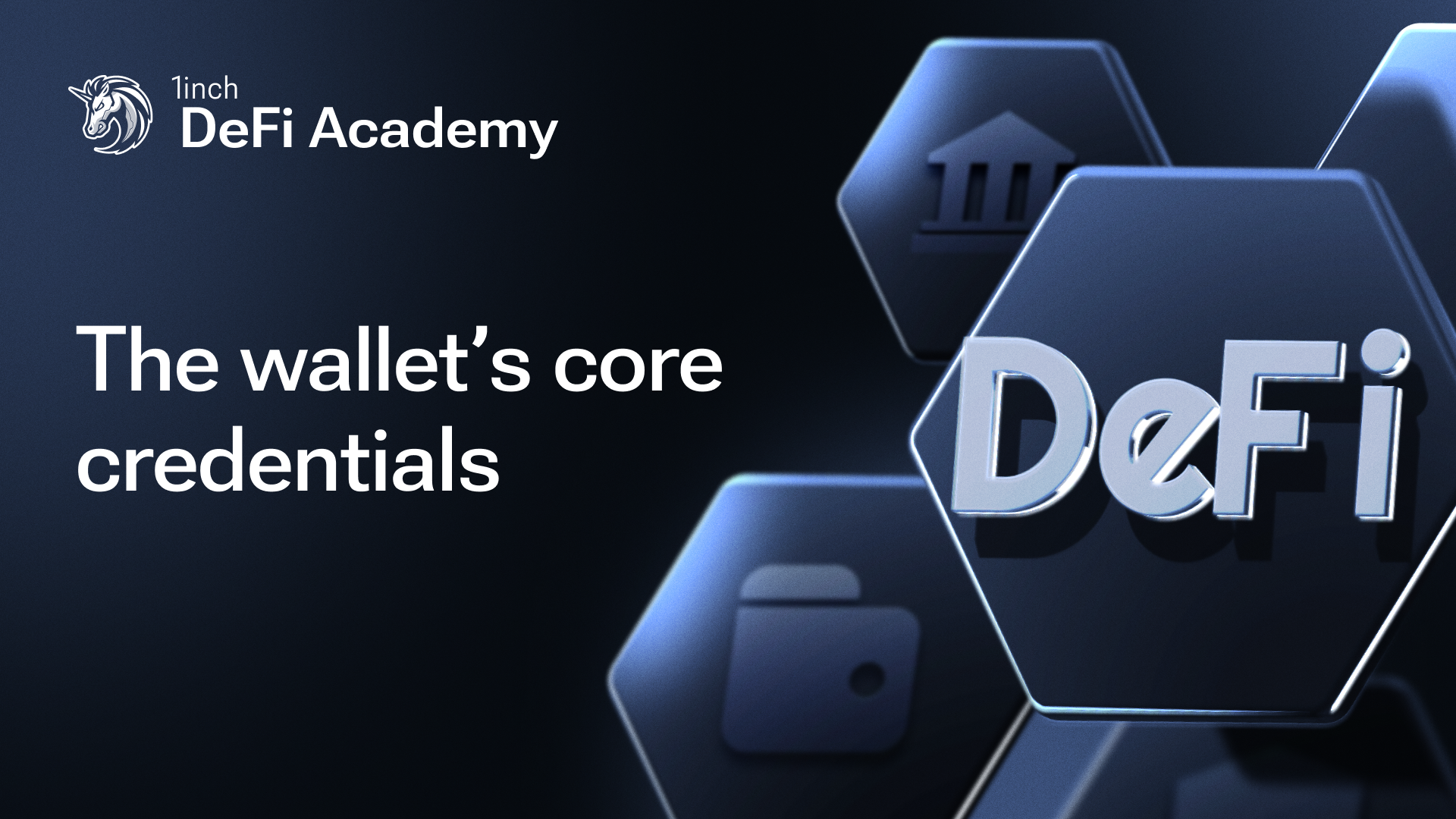What is Bitcoin?

Bitcoin, as the first decentralized cryptocurrency, introduced the world to blockchain technology, paving the way for the overall expansion of the crypto space.
Key takeaways:
Bitcoin (abbreviation - BTC, sign - ₿) is the world's first successfully implemented cryptocurrency. It is powered by a network of the same name, the Bitcoin network.
As the first сryptocurrency to gain popularity, Bitcoin basically became a springboard for creating the crypto industry.
How was Bitcoin created?
The concept of Bitcoin was first introduced in a white paper on October 31, 2008. Bitcoin was described as "an electronic payment system based on cryptographic proof instead of trust." Its creation was labeled as written by someone under the pseudonym Satoshi Nakamoto. In fact, no one knows who the real person behind Satoshi's name is.
The Satoshi name is also used to identify a divisible unit of BTC. One satoshi stands for 0.00000001 BTC.
January 3, 2009 is the date of launching the Bitcoin network and creating (mining) the first 50 BTC.
Bitcoin's price history includes multiple ups and downs. Its rate started at $0.09 in 2010 and eventually began to rise, driven by crypto investors, switching between sideway moves and jumps. BTC surpassed $1,000 in 2013, $19,000 in 2017 and 2020 and $63,000 in 2021.
How does Bitcoin work?
BTC can be sent directly from one individual to another thanks to the blockchain technology it is based on. A blockchain network is used to transfer BTCs and to issue new coins.
The Bitcoin network emerged as the first decentralized payment network, meaning its users manage it without a central authority or intermediaries. Like all blockchains, it consists of transaction records – the data about all BTC transfers ever made. The data includes information on who sent the assets, when and to whom. Transaction records are grouped into blocks that form a blockchain. The network operates as a public ledger where copies of recorded transactions are stored across millions of distributed nodes (computers) participating in the network.
Every blockchain is secured by some kind of consensus – the way all nodes that shape the network agree with each other about the blockchain. Under all consensus, transactions are audited for being legitimate and get batched to create new blocks. This is a set of rules that regulates the network since blockchain is not controlled or owned by anyone.
When someone transfers crypto via blockchain - performs a transaction - the transaction data first goes to the nodes for an audit. They check it for accuracy and then pass it to a smaller group of nodes responsible for block shaping. Bitcoin's consensus is Proof of Work (PoW).
Every block attached is considered one confirmation on the blockchain. The more confirmations a transaction has, the less likely it is to be reversed and the more reliable it will be.
The gold standard for Bitcoin is three confirmations for transactions of $1,000 or more, six for transactions over $10,000 and 60 for transactions exceeding $1 million. Each new block is added approximately every 10 minutes. Hence, large transactions need considerable time to complete.
What is Bitcoin mining?
The entire process of validating new blocks by miners refers to mining. New coins are released as a result of block verification. Once new blocks are added, new BTCs are minted, and a miner receives a reward for each block. It comes in the form of a certain amount of newly mined BTC. Following the schedule put into the white paper, the reward size is reduced after every 210,000 blocks are mined. The process of reducing the amount of new BTC mined is known as halving. Miners typically sell the BTCs they earn to cover their expenses for the computation process.
Miners also earn from transaction fees. Users who want a faster transaction offer an additional fee to ensure that the miner includes the transaction in the next block.
How secure is the Bitcoin network?
The network's security is multi-layered. Transaction security is provided by blockchain technology and hashing. Then comes mining and block validation which also increases security. The consensus algorithm provides the network with additional protection against attacks. To gain control, an attacker would need 51% of the entire network's processing power using PoW. That is, an attacker of the Bitcoin network would have to own more expensive mining equipment than anyone else, which makes the target more challenging.
How to start with Bitcoin?
- To use Bitcoins, you will need a crypto wallet. You can read more on wallets to know more about their key features. Bitcoin's website also provides a guide on choosing a Bitcoin wallet. For added security, you can use a Ledger Bitcoin wallet to store your crypto offline.
- After installing a wallet app or dApp, you will get your automatically generated individual address (similar to a bank card number) and will be able to receive money.
- Once you have a Bitcoin address, you can immediately receive BTCs in your wallet.
- You can also use your wallet to exchange and store BTC as you would with traditional money via a bank app.
But be aware that BTC is compatible only with the Bitcoin network, meaning you can only send BTCs to Bitcoin addresses or wallets supporting BTC.
You can purchase your first BTC directly in your wallet or on the exchange of your choice via a bank card or other common fiat payment method. You can buy, own and sell portions of BTC, not necessarily an entire coin.
To learn more about Bitcoin, check its website and the original whitepaper.




























